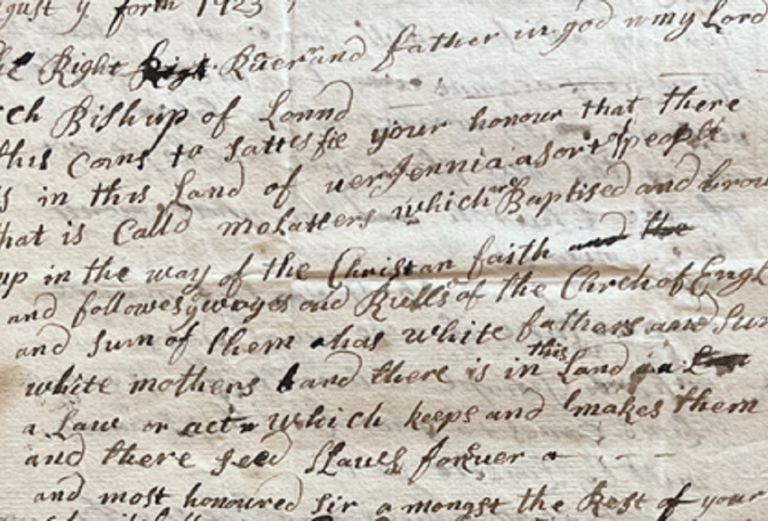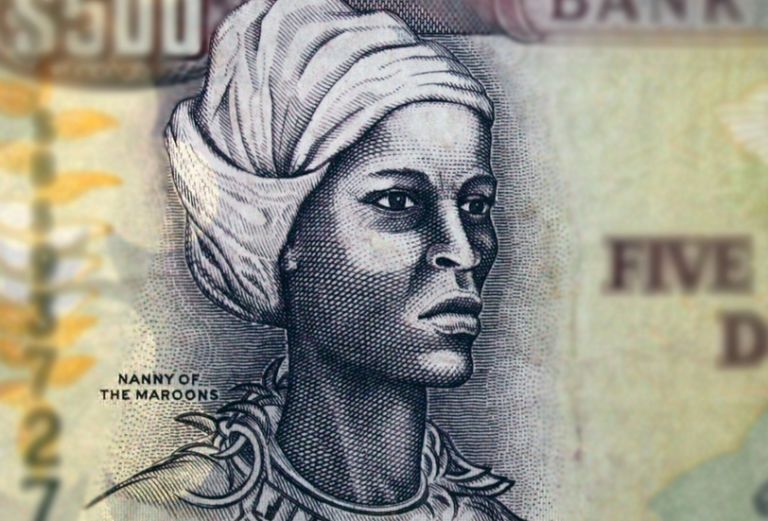Museum
From feuding Saxons, a Roman villa and the Vikings to Georgian influence and Victorian architecture, explore the long and layered history of Fulham Palace by visiting the museum!

Enjoy interactive displays throughout the museum and historic rooms
- Connect with the past in our museum and historic rooms and discover the real story of Fulham Palace through the people who lived and worked here.
- Meet the Bishops in our Tudor great hall.
- Hear the sounds of Fulham Palace past and present in our sensory room.
- Walk among the Bishops as you learn about their roles as estate owners, gentlemen and family men.
- Learn about the role of religion in the lives of the Bishops and their families in our chapel.
- Explore the archaeological story of the site and examine artefacts discovered here.

Complete a free family trail
Discover the Palace with one of our free family trails! Our family trails take you through the museum and historic rooms and outside around the site. The trails can be picked up from the museum front desk where you will also be given a clipboard and pencil to complete your trail. We currently offer:
- Beasts and bishops (ages 3 – 7)
- Palace architecture (ages 8 – 12)
- The secret Palace (ages 8 – 12)
- Palace archaeology (ages 8 – 12)
- The Bishops of London and resistance (ages 8-12)

The Bishops of London, colonialism and transatlantic slavery: resistance
On display from 24 April 2023
The Church of England was deeply implicated in Britain’s colonial expansion and the transatlantic traffic in enslaved Africans. The Bishop of London, who lived at Fulham Palace, was one of the Church’s most senior figures, with jurisdiction over the British colonies around the world.
This exhibition is the culmination of a three-year research project. The exhibition, co-curated with spoken word poet Adisa the Verbaliser, worked with 100 participants from the surrounding community to explore the story of resistance of enslaved people through the four major themes: hair, dance (and martial arts), Obeah and song.
The exhibition showcases the work of the community participants and examines the systems of physical and spiritual resistance that ultimately led to the ending of the transatlantic traffic in enslaved people and slavery itself in the British Empire. This is set against the backdrop of the historic involvement of the Bishop of London and the Church of England in colonialism and transatlantic slavery.
Details:
- Follow the Adinkra symbol through the museums and historic rooms and explore a series of interactive displays.
- Watch and listen to the spoken word poetry by Adisa the Verbaliser.
- Discover the timeline of key resistance figures and rebellions throughout the colonial world.
- Learn from the objects on display which give a glimpse into the thoughts and feelings of enslaved people and the Bishops of London.
- Take a moment to rest and contemplate with a dedicated space in Bishop Porteus’ library.
- Explore the online exhibition and resources.
- In addition to the exhibition, a series of lectures have been organised to further explore related topics such as Afrofuturism, Women’s role in resistance and African spirituality.



